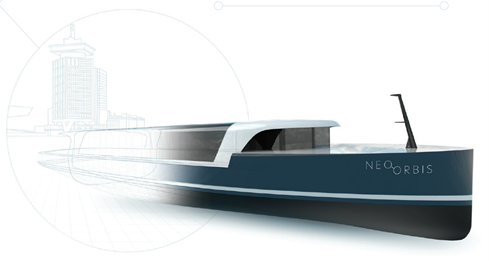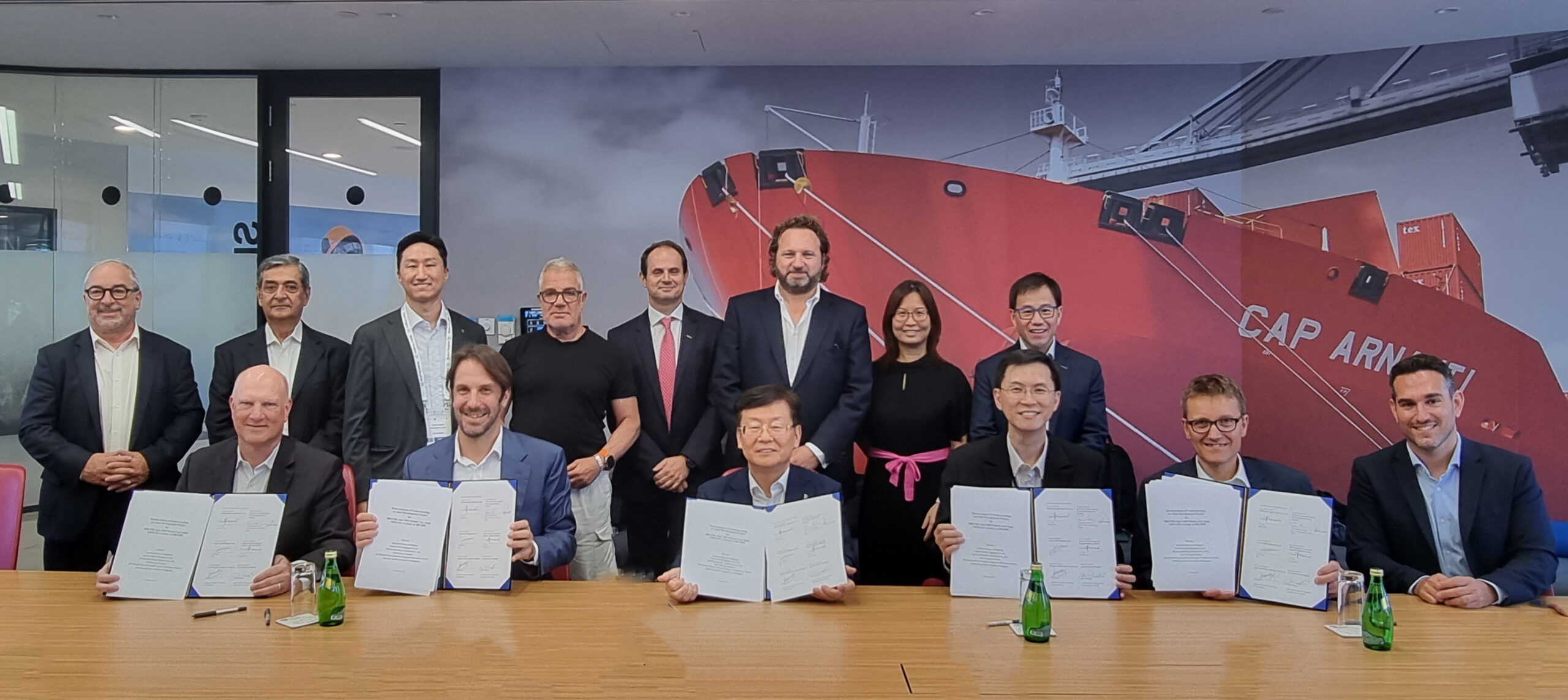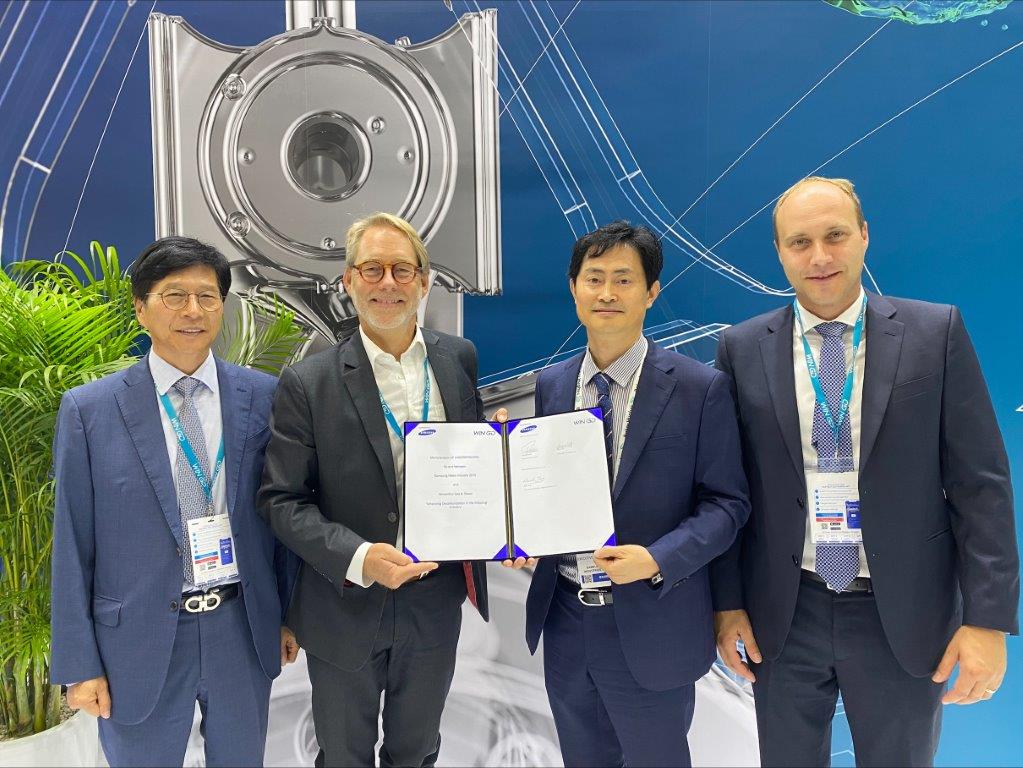Port of Amsterdam vessel to trial powdered hydrogen carrier
The world’s biggest petroleum port is sailing into a new zero-emission world with a pilot project to run a vessel on hydrogen generated from a powdered chemical. The Neo Orbis, set to replace the Port of Amsterdam’s existing hospitality vessel after ship trials next year, will be powered by a fuel cell and battery configuration using hydrogen reformed from sodium borohydride.
The powder is produced onshore using hydrogen, eventually made via electrolysis or other green sources. An onboard extractor reforms the solution into hydrogen that can power fuel cells, with batteries capturing the current and feeding an electric motor that turns the propeller and powers onboard systems including the bow thruster, radar, lighting and kitchen equipment.
Project manager Patricia Haks explained: “For sodium borohydride to compete with a fossil fuel as a fuel source it must be compact enough to be stored on board, economically competitive with gas oil and at least as safe. Sodium borohydride can already compete with diesel in two of these areas. Its volumetric energy density in its pure, dry form is close to that of diesel. It is also much safer than gas or liquid hydrogen.”
This fuel is made by mixing sodium borohydride with a stabiliser and ultrapure water into an aqueous non-combustible liquid. It is potentially both emission-free and circular. The by-products of the extraction process, water and heat, are used in ship processes, while the residual slurry in the fuel tanks can be offloaded and reformed into sodium borohydride.
The economics of using sodium borohydride are not being investigated in the project, as the infrastructure for producing the initial green hydrogen has not yet been established. The port’s plans to develop hydrogen production include the commissioning of a 100MW electrolyser. Other hydrogen ventures include a hydrogen district in Hoogeveen and an energy hub in Emmen that will run on fuels including hydrogen.
“We still need to identify and fulfil many requirements,” said Haks. “We are exploring ways to handle the spent fuel, the batteries on board and the risks. By going through the entire safety and certification process, we are paving the way for new, larger initiatives.”
The project received funding from H2SHIPS, a European project that aims to develop hydrogen for maritime use in north-west Europe. The project team comprises Port of Amsterdam, Lloyd’s Register, Marin, Delft University of Technology, sodium borohydride supplier H2 Circular Fuel, Wijk Yacht Creation and system integrator Baumüller.

































